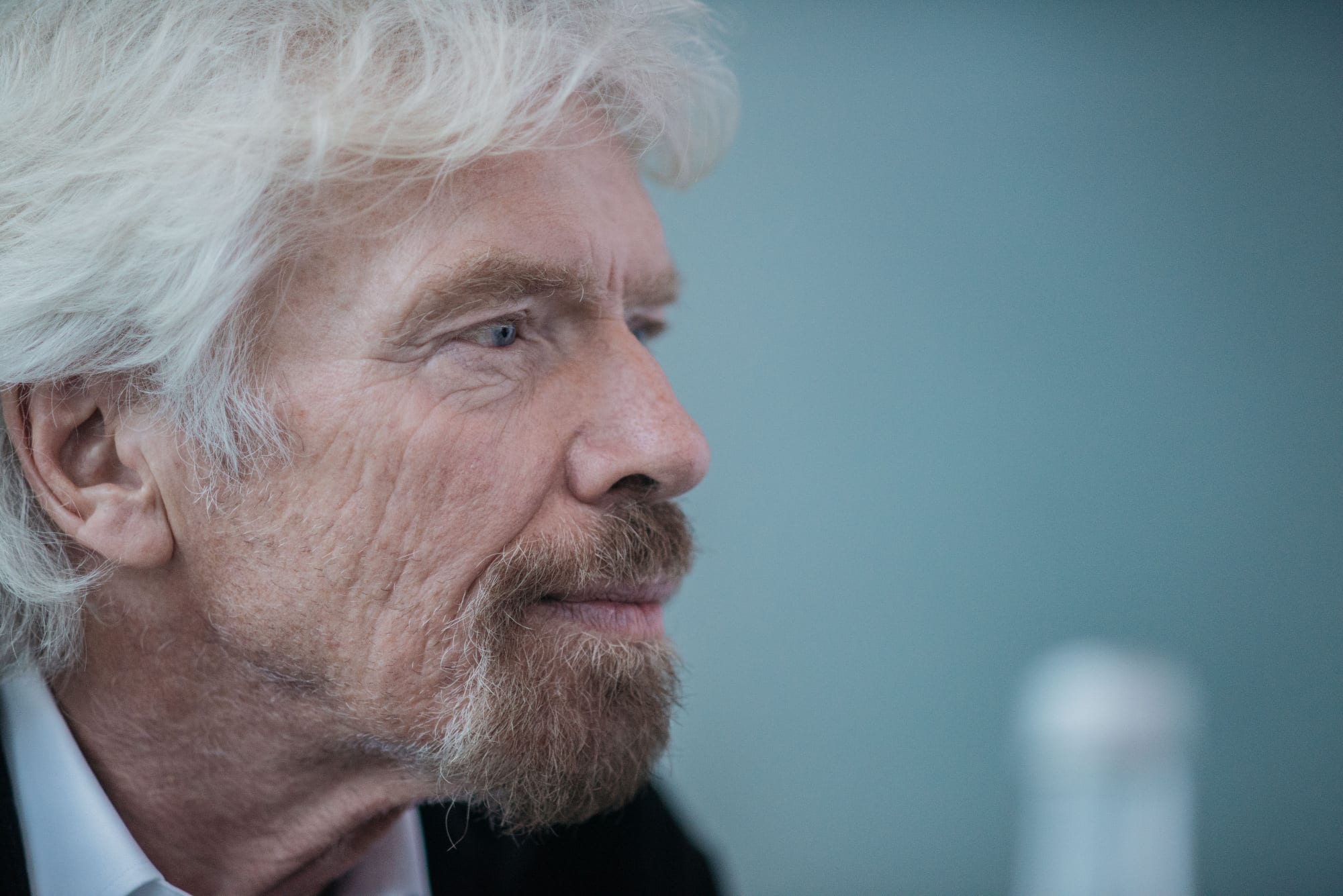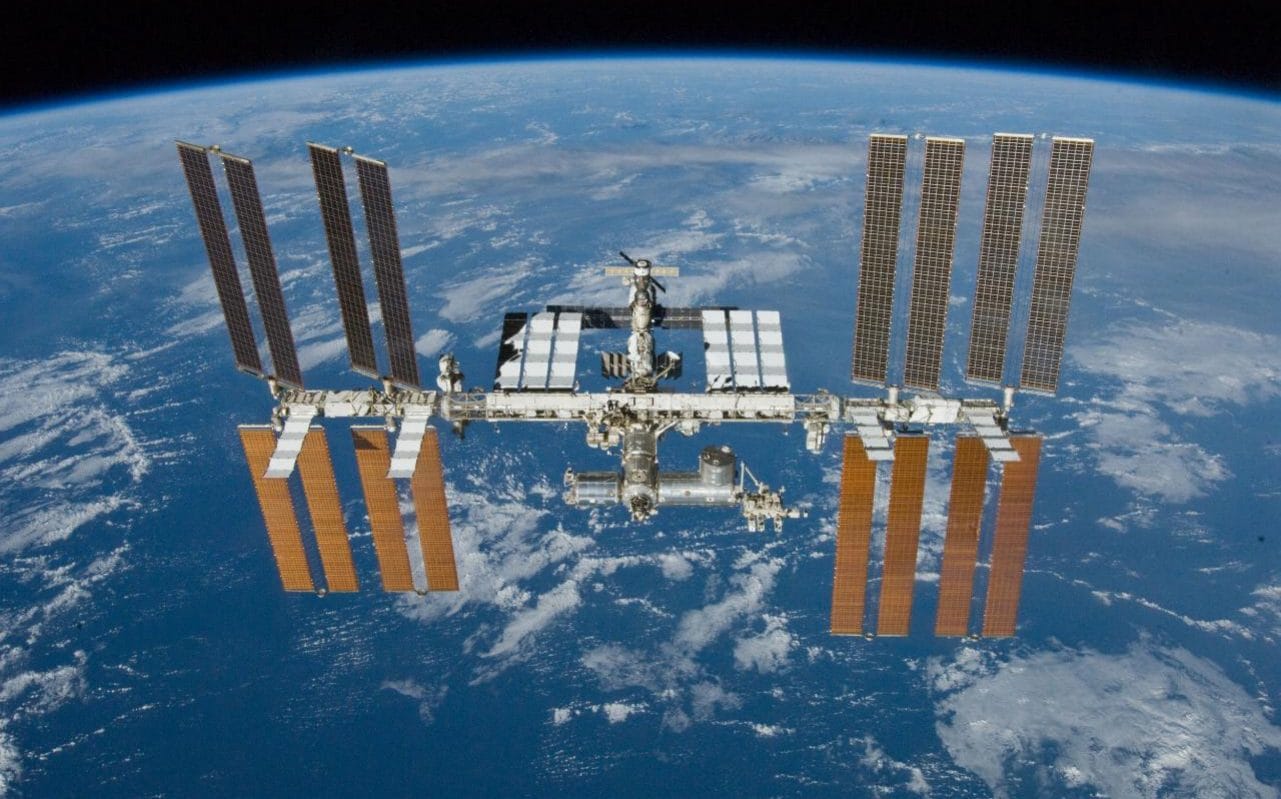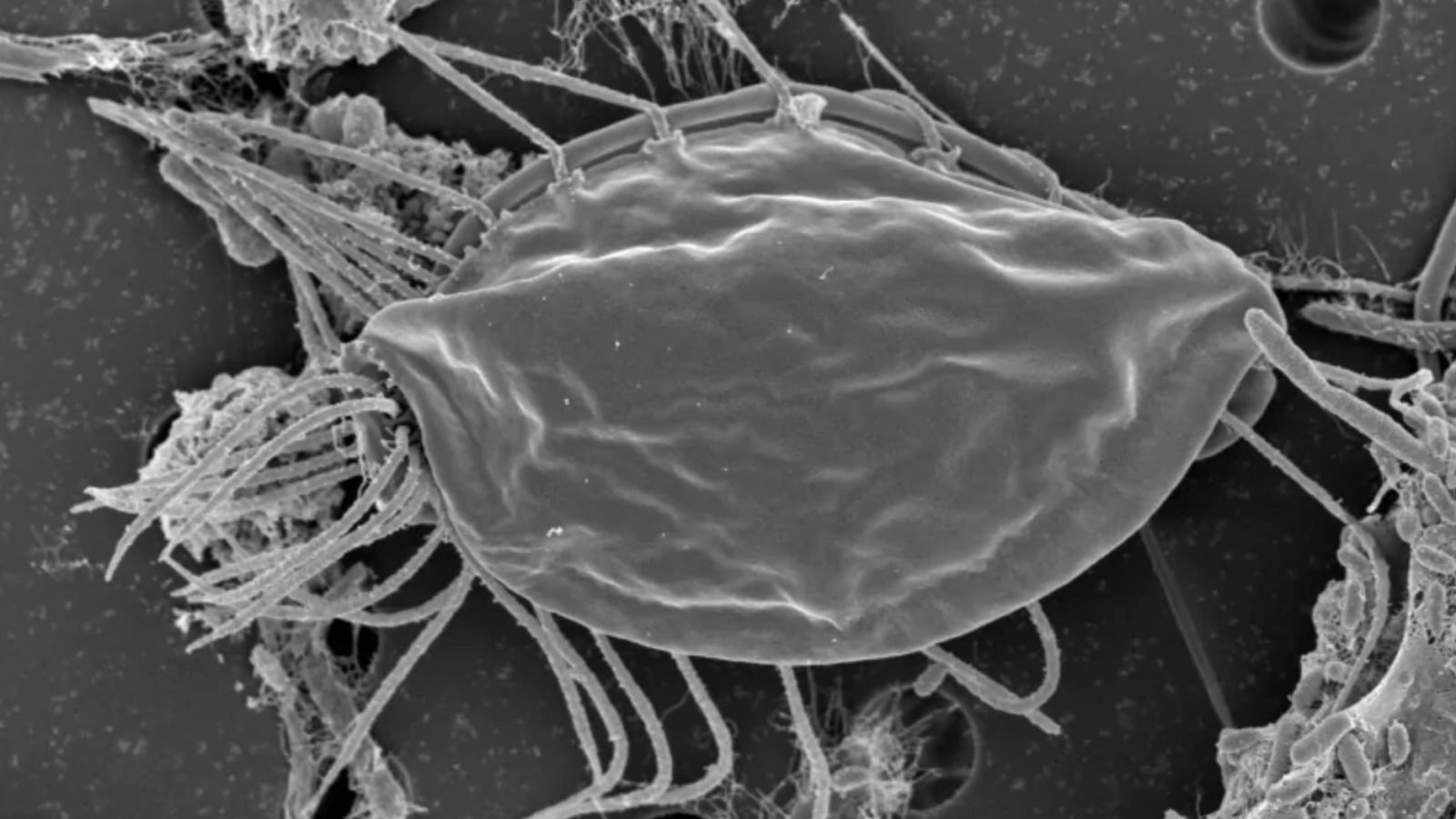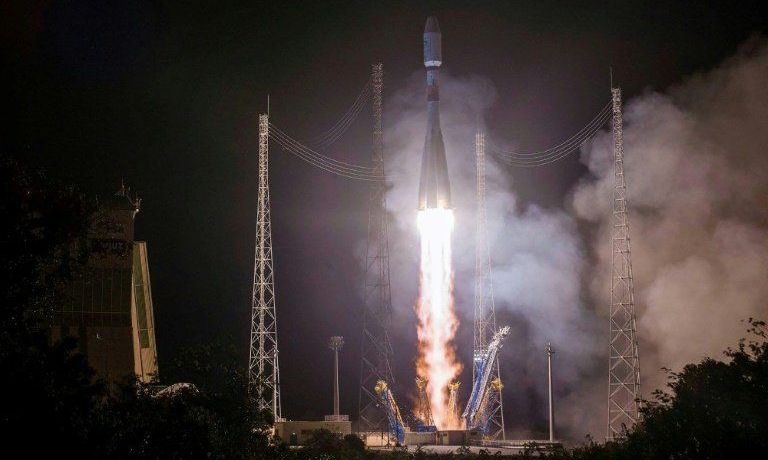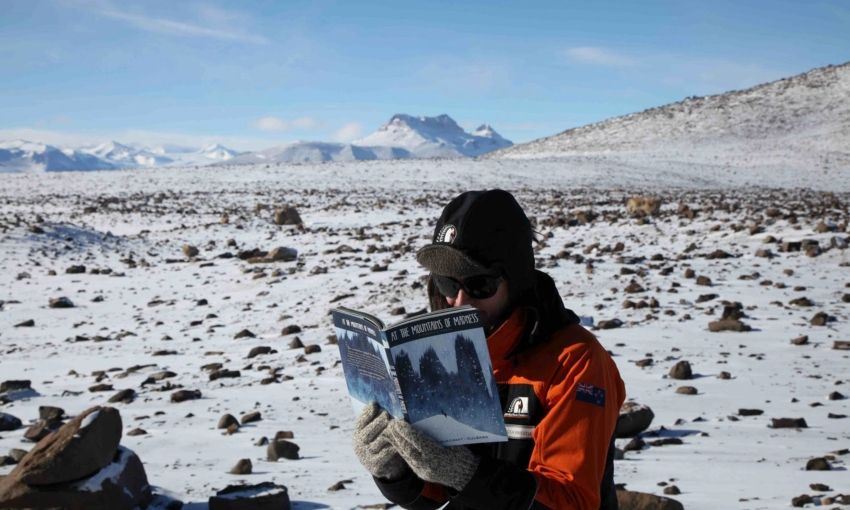Richard Branson, the British billionaire who wants to transform air travel with supersonic jets, has put his sights on something decidedly more down to Earth: a passenger railroad.
Branson has agreed to make a small investment and lend the Virgin brand to Fortress Investment Group’s Florida railroad, the first privately-funded intercity passenger train to be built in the U.S. in more than a century.
The private-equity company’s Brightline, which currently operates high-speed service between Miami, Fort Lauderdale and West Palm Beach, will rename itself Virgin Trains USA this month and use the brand and Virgin’s “marketing expertise” for existing and future developments, the company said Friday in a statement provided to Bloomberg News.
